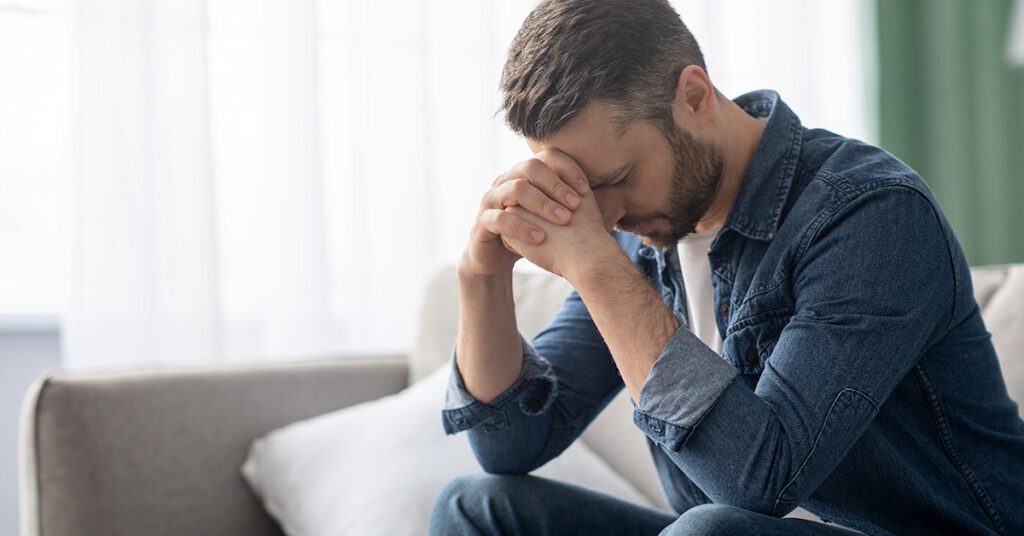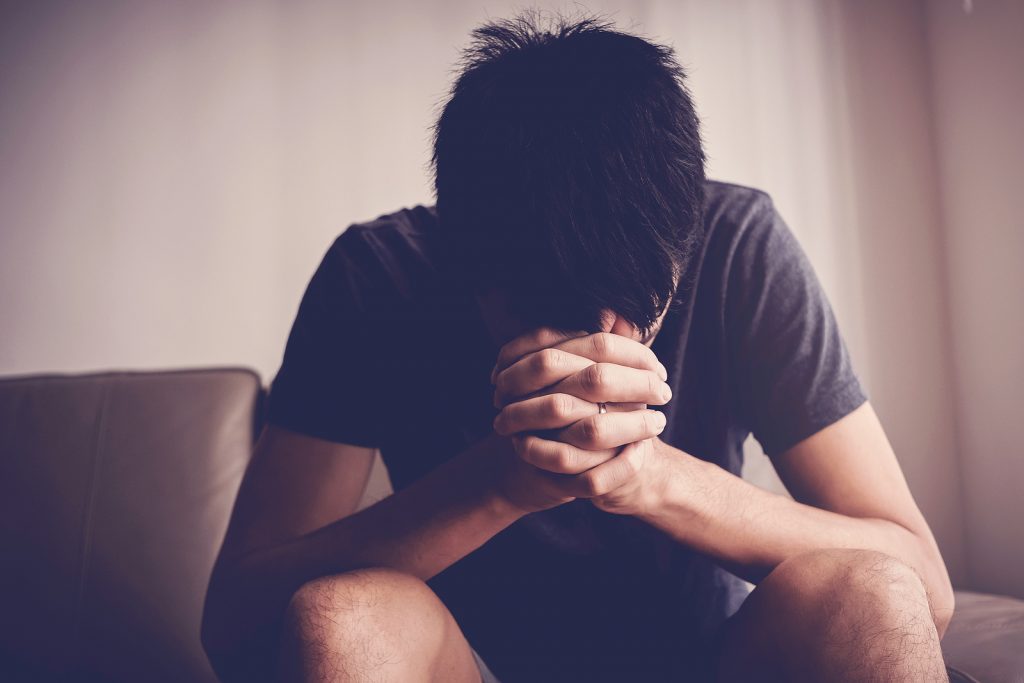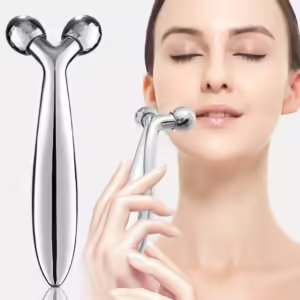Are you suffering from seasonal depression ? Here is how to cure it.
Remember, everyone’s experience with seasonal depression is unique, and what works for one person may not work for another. It’s important to work with a healthcare professional to develop an individualized treatment plan tailored to your specific needs.

Sad female checking phone content in the night at home
What is seasonal depression ?
Seasonal affective disorder (SAD), commonly referred to as seasonal depression, is a type of depression that occurs in a seasonal pattern. It typically occurs during specific times of the year, most commonly in the fall and winter seasons when daylight hours are shorter. However, it’s important to note that some individuals may experience SAD during the spring or summer months as well.
The exact cause of SAD is believed to be linked to changes in exposure to natural light. Reduced sunlight during the winter months can disrupt your body’s internal system and affect certain brain chemicals, such as serotonin and melatonin, which play a role in regulating mood and sleep patterns. Factors such as genetics, age, and individual vulnerability to depression can also contribute to the development of SAD.


Symptoms of seasonal depression
The symptoms of seasonal depression are similar to those of other forms of depression and may include:
- Persistent feelings of sadness, emptiness, or hopelessness
- Loss of interest or pleasure in activities once enjoyed
- Fatigue and low energy
- Difficulty concentrating or making decisions
- Changes in appetite, particularly craving carbohydrates
- Weight gain or weight loss
- Sleep disturbances, such as insomnia or excessive sleep
- Restlessness or irritability
- Social withdrawal and decreased social interaction
- Thoughts of death or suicide (in severe cases)


How to treat seasonal depression ?
Treatment for seasonal depression often includes a combination of lifestyle changes, light therapy, and, in some cases, medication. Here are a few strategies that may be helpful:
- Light therapy: Light boxes or lamps that emit bright light can help compensate for the reduced natural light during the darker seasons. Regular exposure to bright light, usually in the morning, can help alleviate symptoms.
- Increased exposure to natural light: Make an effort to spend time outdoors during daylight hours, even on overcast days. Open curtains or blinds to let in more natural light indoors.
- Exercise: Engaging in regular physical activity has been shown to improve mood and reduce symptoms of depression. Aim for at least 30 minutes of exercise most days of the week.
- Maintain a healthy lifestyle: Eat a balanced diet, get enough sleep, and manage stress levels. Avoid excessive alcohol consumption, as it can worsen symptoms of depression.
- Psychotherapy: Talk therapy, such as cognitive-behavioral therapy (CBT), can help you identify negative thought patterns, develop coping strategies, and improve overall well-being.
- Medication: In some cases, doctors may prescribe antidepressant medication to help manage symptoms of seasonal depression. This is typically reserved for more severe cases or when other treatments have not been effective.
Remember, everyone’s experience with seasonal depression is unique, and what works for one person may not work for another. It’s important to work with a healthcare professional to develop an individualized treatment plan tailored to your specific needs.








